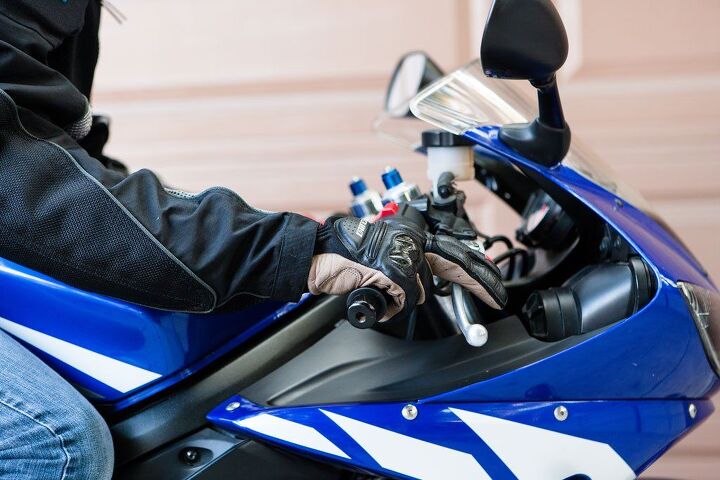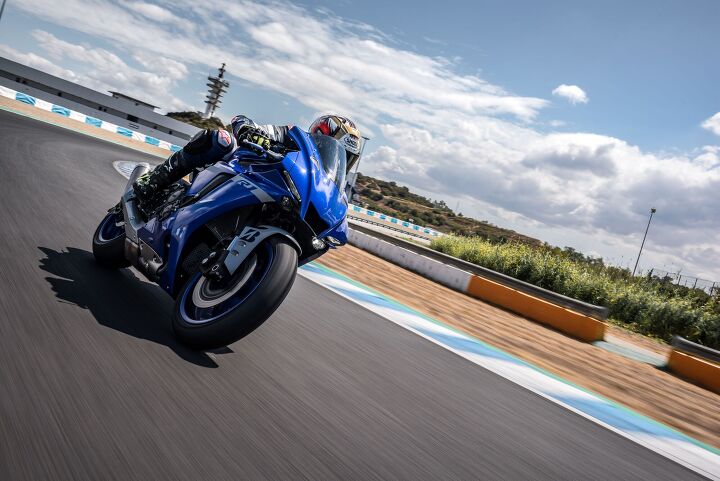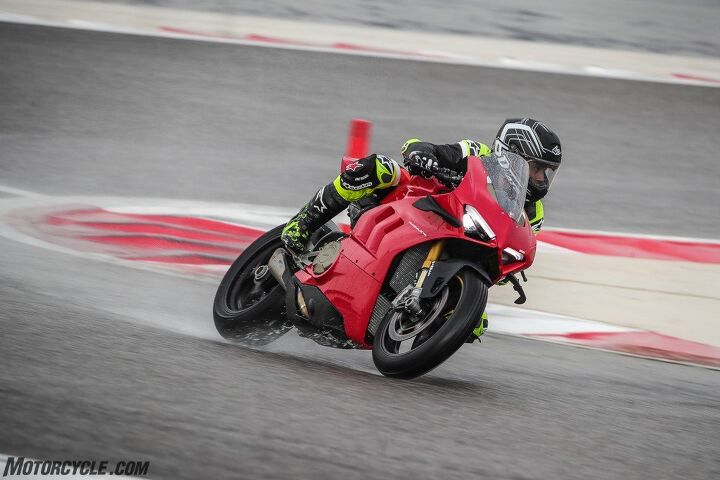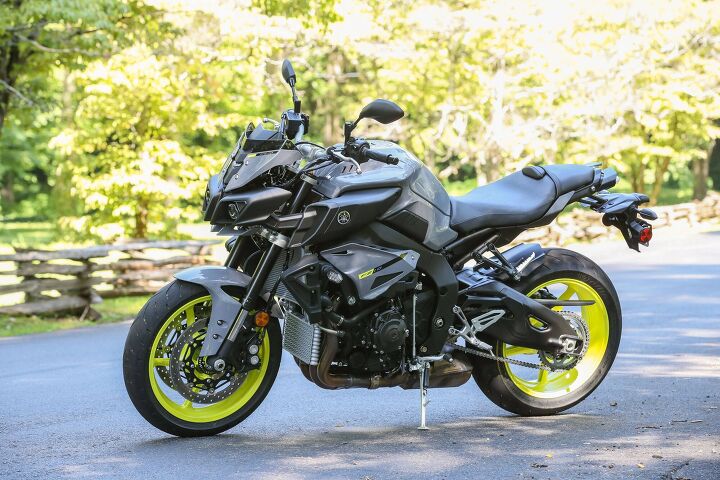If there’s one skill on a motorcycle that we take for granted, throttle control might very well be it. If you know how to ride a motorcycle, then you know you need to twist your right wrist. It’s such a fundamental part of what we do, we don’t even think about it. We joke about it all the time, too, using hand motions to “pin it” and go “WFO.” But as any coach of any sport will tell you, mastering the fundamentals is key, and knowing how to use the throttle effectively will go a long way in your motorcycling journey.
You’re probably reading this knowing intrinsically that managing the throttle is important, but you might be left wondering why we’ve dedicated a whole page to it. Well, if you’re one of the lucky ones with a motorcycle blessed with perfect fueling, this might be less of an issue for you. Managing the power requested from your hand to the back tire is easy. Unfortunately, many motorcycles aren’t blessed with perfect fueling, especially more recent ones with strange fuel mapping strategies to help meet sound or emission regulations rather than helping you achieve a smooth ride. Or, in other cases, some bikes have multiple power modes with standard settings that are too aggressive in one but not aggressive enough in the other.
Here, we’ll share a couple tips and tricks you can try to better manage the throttle. Doing what we do here at MO, motorcycles pass through our grubby paws all the time, so getting a feel for how to best manage their power is important. Sometimes these techniques make a big difference, especially on motorcycles with peaky power bands or twitchy throttles. Other times, there’s no getting around the fact that some motorcycles need aftermarket fuel mapping adjustments to make them run smoother. Here’s hoping these tips work for you. So, let’s begin.
Proper Wrist Placement
Let’s start at the very beginning. How should you even hold the throttle? We like to hold it so our wrists are aligned and on the same plane with the imaginary centerline of the grip. Hold it higher and bumps in the road can cause unintentional wrist movement, which then jolts power through the throttle and then the back tire. If you hold it too low, then you’ll have a hard time twisting the grip at all. Keeping your wrist along the centerline lets you twist the grip, first of all, but it also keeps minor bumps and jolts from accidentally blipping the throttle when you didn’t want to. Third, it puts your fingers in the right position to reach for the brake lever, but that’s another discussion entirely…

See how the rider’s wrist is parallel, and on the same plane, as the centerline of the bar? That’s what you’re aiming for.
With your hands properly placed on the grips, another tip to help avoid accidental blips is to stay relaxed and to keep your elbows bent slightly. This way, if you do hit an unexpected bump, your arms will take up the slack and your wrist can stay steady on the throttle.
The One-Finger Technique
Have you ever ridden a motorcycle where, no matter how careful and precise you are with metering your throttle control, the bike always jumps or surges forward? If your answer is no, then consider yourself lucky. For the rest of us, a throttle that acts like an on/off switch is downright annoying. Sometimes, there’s nothing you can do short of getting the ECU re-mapped to fix a fueling issue, but one way to help mitigate the problem is by using what’s called the one-finger technique.

You might need to enlarge the photo to see, but the rider here is employing the one-finger technique as he’s accelerating.
It’s really simple. Stay with me. All you do is place your first finger on top of the brake lever. Just rest it there and obviously don’t apply the brakes. When you’re ready to accelerate, especially if it’s just a small amount of acceleration, use your finger to place pressure against the brake lever – almost as if you’re pushing the lever away with your finger – as you twist the throttle. This will help balance the amount of twist you’re giving from your wrist. Think of it like the yin and yang effect – one is balancing out the other. You’ll be surprised how much smoother you can use the throttle with this technique. Don’t believe me? Go sit on your bike right now and try turning the throttle with and without the finger on the brake lever (careful if your bike has carbs – you don’t want to flood them).
This technique isn’t super important if you’re traveling in a straight line and just looking to pick up some speed, but if you’re mid-corner and need to use the throttle to correct your line or are coming out of a corner and want to accelerate smoothly, this is a good trick to try. As an added bonus, if you already have a finger resting on the brake lever, you’re then able to reduce your reaction time on the brakes if you do find yourself needing to perform a panic stop or emergency maneuver.

The one-finger technique is especially useful in slippery conditions and careful throttle application is required.
Lesson Over
There you go, two quick and easy pointers for better throttle control on your motorcycle. Remember, some motorcycles simply have jerky power delivery, and while these methods can help reduce the issue, it still doesn’t solve the root cause. If you have the opposite issue – not enough power – then obviously you don’t need to be as careful with your inputs. With proper fueling and engine mapping these techniques will work even better as you’ll be better able to feel those minute throttle openings equating to more power being delivered to the back tire. And that’s a feeling we all love.
The post Lessons From a MOron: Essential Throttle Control Techniques appeared first on Motorcycle.com.
【Top 10 Malaysia & Singapore Most Beautiful Girls】Have you follow?
